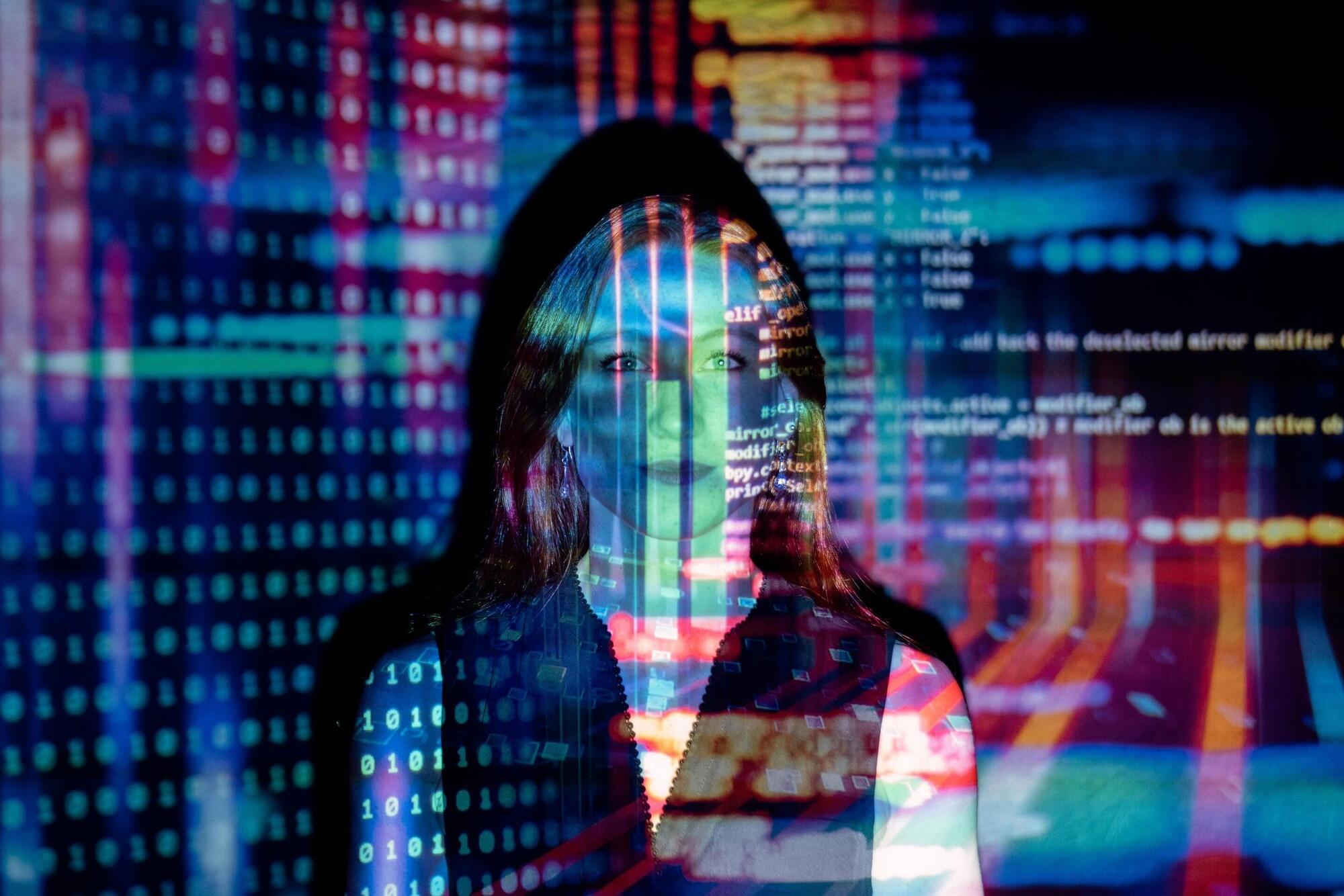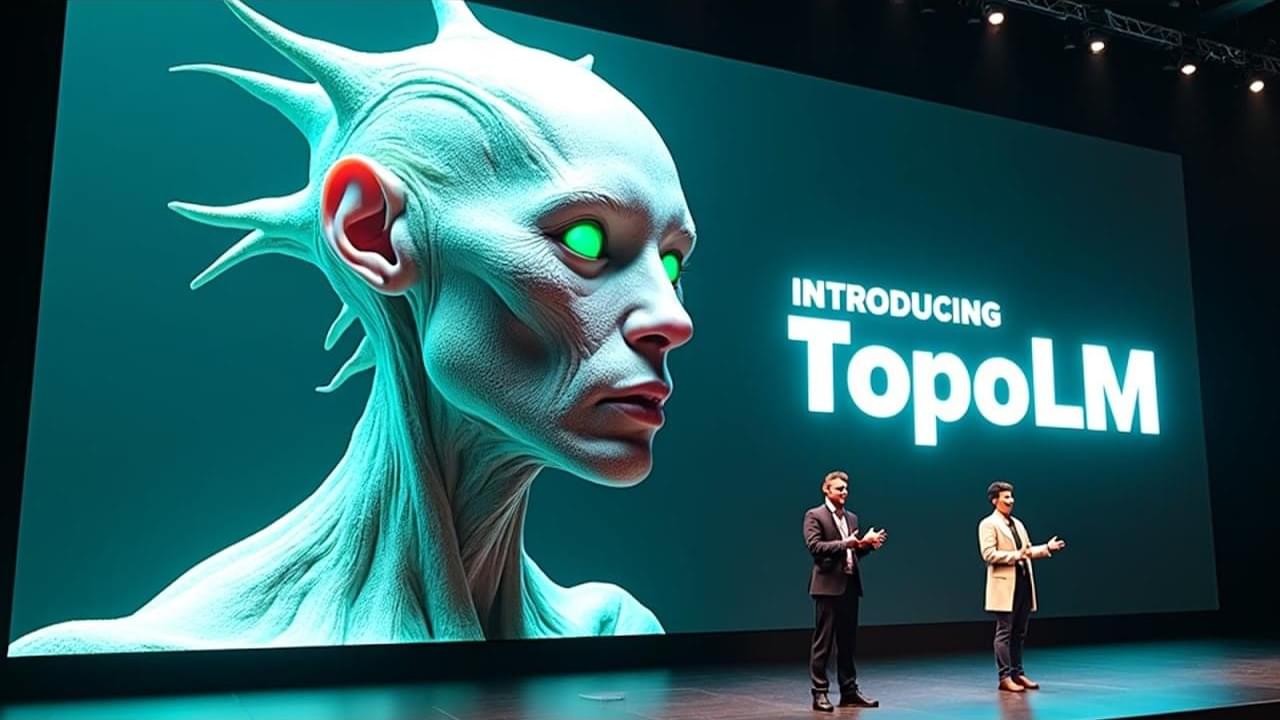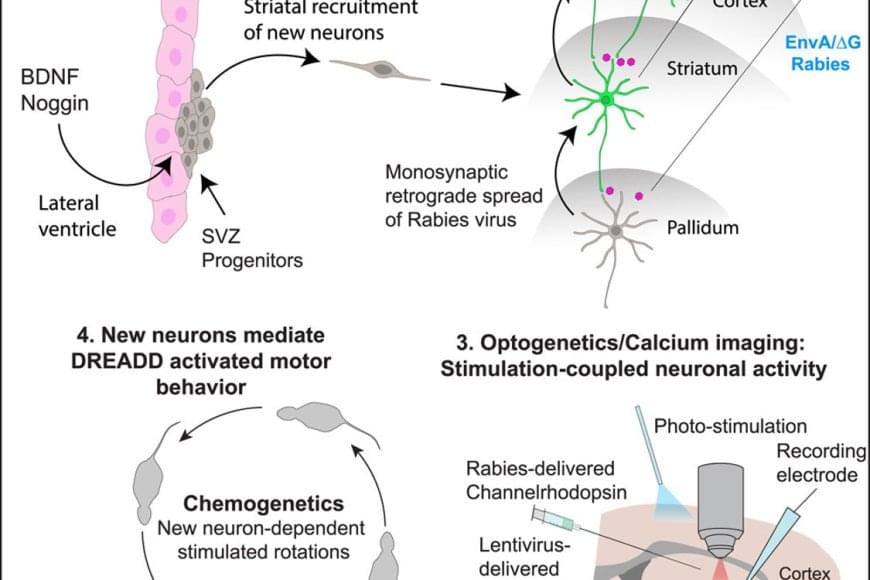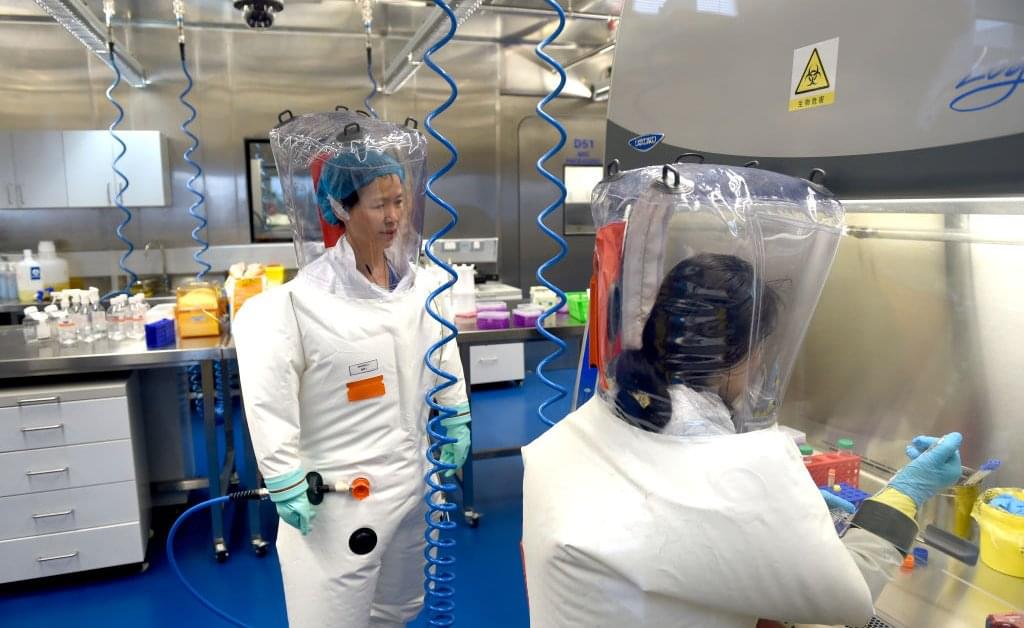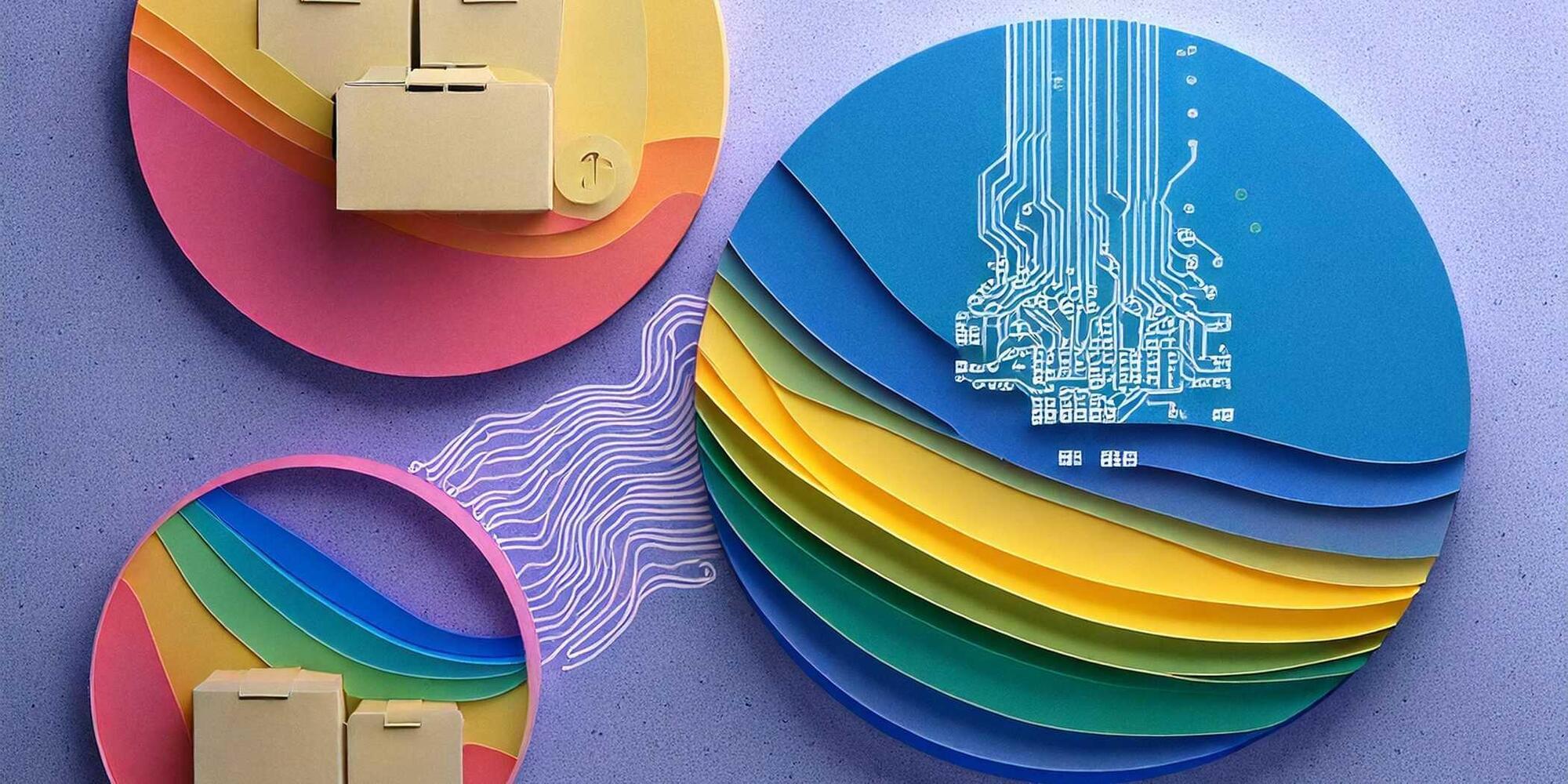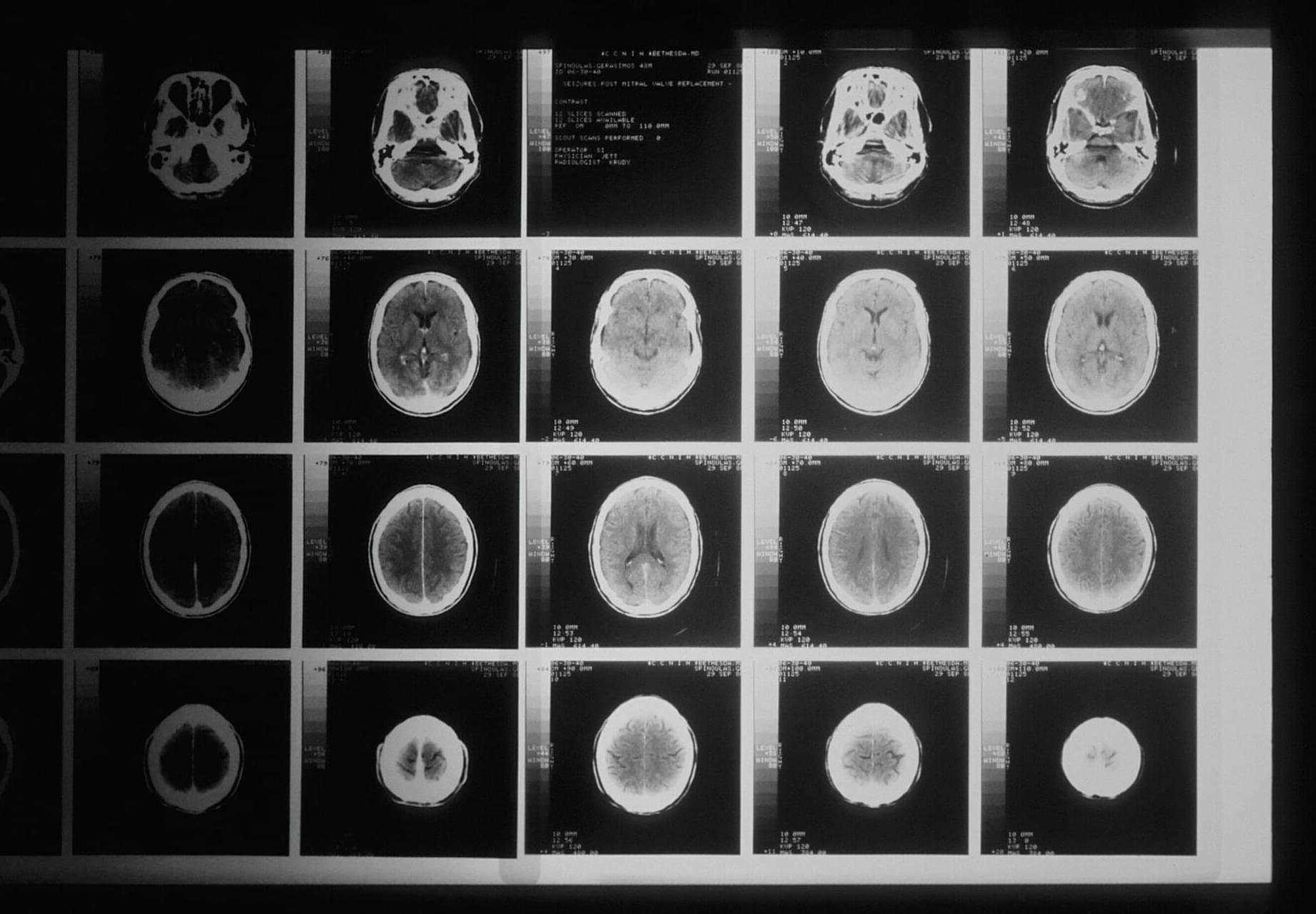Large language models (LLMs) are at the forefront of artificial intelligence (AI) and have been widely used for conversational interactions. However, assessing the personality of a given LLM remains a significant challenge.
Category: robotics/AI
A new brain-inspired AI model called TopoLM learns language by organizing neurons into clusters, just like the human brain. Developed by researchers at EPFL, this topographic language model shows clear patterns for verbs, nouns, and syntax using a simple spatial rule that mimics real cortical maps. TopoLM not only matches real brain scans but also opens new possibilities in AI interpretability, neuromorphic hardware, and language processing.
Join our free AI content course here 👉 https://www.skool.com/ai-content-acce… the best AI news without the noise 👉 https://airevolutionx.beehiiv.com/ 🔍 What’s Inside: • A brain-inspired AI model called TopoLM that learns language by building its own cortical map • Neurons are arranged on a 2D grid where nearby units behave alike, mimicking how the human brain clusters meaning • A simple spatial smoothness rule lets TopoLM self-organize concepts like verbs and nouns into distinct brain-like regions 🎥 What You’ll See: • How TopoLM mirrors patterns seen in fMRI brain scans during language tasks • A comparison with regular transformers, showing how TopoLM brings structure and interpretability to AI • Real test results proving that TopoLM reacts to syntax, meaning, and sentence structure just like a biological brain 📊 Why It Matters: This new system bridges neuroscience and machine learning, offering a powerful step toward *AI that thinks like us. It unlocks better interpretability, opens paths for **neuromorphic hardware*, and reveals how one simple principle might explain how the brain learns across all domains. DISCLAIMER: This video covers topographic neural modeling, biologically-aligned AI systems, and the future of brain-inspired computing—highlighting how spatial structure could reshape how machines learn language and meaning. #AI #neuroscience #brainAI
Get the best AI news without the noise 👉 https://airevolutionx.beehiiv.com/
🔍 What’s Inside:
• A brain-inspired AI model called TopoLM that learns language by building its own cortical map.
• Neurons are arranged on a 2D grid where nearby units behave alike, mimicking how the human brain clusters meaning.
• A simple spatial smoothness rule lets TopoLM self-organize concepts like verbs and nouns into distinct brain-like regions.
🎥 What You’ll See:
• How TopoLM mirrors patterns seen in fMRI brain scans during language tasks.
• A comparison with regular transformers, showing how TopoLM brings structure and interpretability to AI
• Real test results proving that TopoLM reacts to syntax, meaning, and sentence structure just like a biological brain.
📊 Why It Matters:
It’s obvious when a dog has been poorly trained. It doesn’t respond properly to commands. It pushes boundaries and behaves unpredictably. The same is true with a poorly trained artificial intelligence (AI) model. Only with AI, it’s not always easy to identify what went wrong with the training.
Research scientists globally are working with a variety of AI models that have been trained on experimental and theoretical data. The goal: to predict a material’s properties before taking the time and expense to create and test it. They are using AI to design better medicines and industrial chemicals in a fraction of the time it takes for experimental trial and error.
But how can they trust the answers that AI models provide? It’s not just an academic question. Millions of investment dollars can ride on whether AI model predictions are reliable.
New research shows that the adult brain can generate new neurons that integrate into key motor circuits. The findings demonstrate that stimulating natural brain processes may help repair damaged neural networks in Huntington’s and other diseases.
“Our research shows that we can encourage the brain’s own cells to grow new neurons that join in naturally with the circuits controlling movement,” said a senior author of the study, which appears in the journal Cell Reports. “This discovery offers a potential new way to restore brain function and slow the progression of these diseases.”
It was long believed that the adult brain could not generate new neurons. However, it is now understood that niches in the brain contain reservoirs of progenitor cells capable of producing new neurons. While these cells actively produce neurons during early development, they switch to producing support cells called glia shortly after birth. One of the areas of the brain where these cells congregate is the ventricular zone, which is adjacent to the striatum, a region of the brain devastated by Huntington’s disease.
AI models could help fight disease—but they also pose a deadly risk if weaponized by non-experts.
The Rise of Cyborgs: Merging Man with Machine | Terrifying Future of Human Augmentation
Posted in augmented reality, bioengineering, biotech/medical, cyborgs, education, ethics, finance, genetics, governance, life extension, media & arts, nanotechnology, neuroscience, robotics/AI, transhumanism, virtual reality, wearables | Leave a Comment on The Rise of Cyborgs: Merging Man with Machine | Terrifying Future of Human Augmentation
Human cyborgs are individuals who integrate advanced technology into their bodies, enhancing their physical or cognitive abilities. This fusion of man and machine blurs the line between science fiction and reality, raising questions about the future of humanity, ethics, and the limits of human potential. From bionic limbs to brain-computer interfaces, cyborg technology is rapidly evolving, pushing us closer to a world where humans and machines become one.
Shocking transformation, futuristic nightmare, beyond human limits, man merges with machine, terrifying reality, future is now, ultimate evolution, secret experiments exposed, technology gone too far, sci-fi turns real, mind-blowing upgrade, science fiction no more, unstoppable machine man, breaking human boundaries, dark future ahead, human cyborgs, cyborg technology, cyborg implants, cyborg augmentation, cyborg evolution, cyborg future, cyborg innovations, cyborg advancements, cyborg ethics, cyborg integration, cyborg society, cyborg culture, cyborg development, cyborg research, cyborg science, cyborg engineering, cyborg design, cyborg applications, cyborg trends, cyborg news, cyborg updates, cyborg breakthroughs, cyborg discoveries, cyborg implants, bionic limbs, neural interfaces, prosthetic enhancements, biohacking, cybernetics, exoskeletons, brain-computer interfaces, robotic prosthetics, augmented humans, wearable technology, artificial organs, human augmentation, smart prosthetics, neuroprosthetics, biomechatronics, implantable devices, synthetic biology, transhumanism, bioengineering, nanotechnology, genetic engineering, bioinformatics, artificial intelligence, machine learning, robotics, automation, virtual reality, augmented reality, mixed reality, haptic feedback, sensory augmentation, cognitive enhancement, biofeedback, neurofeedback, brain mapping, neural networks, deep learning, biotechnology, regenerative medicine, tissue engineering, stem cells, gene therapy, personalized medicine, precision medicine, biomedical engineering, medical devices, health tech, digital health, telemedicine, eHealth, mHealth, health informatics, wearable sensors, fitness trackers, smartwatches, health monitoring, remote monitoring, patient engagement, health apps, health data, electronic health records, health analytics, health AI, medical robotics, surgical robots, rehabilitation robotics, assistive technology, disability tech, inclusive design, universal design, accessibility, adaptive technology, human-machine interaction, human-computer interaction, user experience, user interface, UX design, UI design, interaction design, design thinking, product design, industrial design, innovation, technology trends, future tech, emerging technologies, disruptive technologies, tech startups, tech entrepreneurship, venture capital, startup ecosystem, tech innovation, research and development, R&D, scientific research, science and technology, STEM, engineering, applied sciences, interdisciplinary research, academic research, scholarly articles, peer-reviewed journals, conferences, symposiums, workshops, seminars, webinars, online courses, e-learning, MOOCs, professional development, continuing education, certifications, credentials, skills development, career advancement, job market, employment trends, workforce development, labor market, gig economy, freelancing, remote work, telecommuting, digital nomads, coworking spaces, collaboration tools, project management, productivity tools, time management, work-life balance, mental health, wellness, self-care, mindfulness, meditation, stress management, resilience, personal growth, self-improvement, life coaching, goal setting, motivation, inspiration, success stories, case studies, testimonials, reviews, ratings, recommendations, referrals, networking, professional associations, industry groups, online communities, forums, discussion boards, social media, content creation, blogging, vlogging, podcasting, video production, photography, graphic design, animation, illustration, creative arts, performing arts, visual arts, music, literature, film, television, entertainment, media, journalism, news, reporting, storytelling, narrative, communication, public speaking, presentations, persuasion, negotiation, leadership, management, entrepreneurship, business, marketing, advertising, branding, public relations, sales, customer service, client relations, customer experience, market research, consumer behavior, demographics, psychographics, target audience, niche markets, segmentation, positioning, differentiation, competitive analysis, SWOT analysis, strategic planning, business development, growth strategies, scalability, sustainability, corporate social responsibility, ethics, compliance, governance, risk management, crisis management, change management, organizational behavior, corporate culture, diversity and inclusion, team building, collaboration, innovation management, knowledge management, intellectual property, patents, trademarks, copyrights.
ChatGPT and alike often amaze us with the accuracy of their answers, but unfortunately, they also repeatedly give us cause for doubt. The main issue with powerful AI response engines (artificial intelligence) is that they provide us with perfect answers and obvious nonsense with the same ease. One of the major challenges lies in how the large language models (LLMs) underlying AI deal with uncertainty.
Until now, it has been very difficult to assess whether LLMs designed for text processing and generation base their responses on a solid foundation of data or whether they are operating on uncertain ground.
Researchers at the Institute for Machine Learning at the Department of Computer Science at ETH Zurich have now developed a method that can be used to specifically reduce the uncertainty of AI. The work is published on the arXiv preprint server.
This Deep Dive AI podcast discusses my book The Physics of Time: D-Theory of Time & Temporal Mechanics, an insightful exploration into one of the most profound mysteries of existence: the nature of time. As part of the Science and Philosophy of Information series, this book presents a radical reinterpretation of time grounded in modern physics and digital philosophy. It questions whether time is a fundamental aspect of reality or an emergent property of consciousness and information processing. Drawing on quantum physics, cosmology, and consciousness studies, this work invites readers (and listeners) to reimagine time not as a linear, absolute entity, but as a dynamic, editable dimension intertwined with the fabric of reality itself. It challenges traditional views, blending scientific inquiry with metaphysical insights, aimed at both the curious mind and the philosophical seeker.
#PhysicofTime #TemporalMechanics #DTheory #consciousness #DigitalPresentism #TimeFlow #EmergentTime #TimeTravel #ArrowofTime #SyntellectHypothesis
In this episode, we dive deep into The Physics of Time: D-Theory of Time & Temporal Mechanics by futurist-philosopher Alex M. Vikoulov. Explore the profound questions at the intersection of consciousness, quantum and digital physics, and the true nature of time. Is time fundamental or emergent? Can we travel through it? What is Digital Presentism?
The Physics of Time: D-Theory of Time & Temporal Mechanics by Alex M. Vikoulov is an insightful exploration into one of the most profound mysteries of existence: the nature of time. As part of the Science and Philosophy of Information series, this book presents a radical reinterpretation of time grounded in modern physics and digital philosophy. It questions whether time is a fundamental aspect of reality or an emergent property of consciousness and information processing.
The book introduces the D-Theory of Time, or Digital Presentism, which suggests that all moments exist as discrete, informational states, and that our perception of time’s flow is a mental construct. Vikoulov explores theoretical models of time travel, the feasibility of manipulating time, and the concept of the Temporal Singularity, a proposed point where temporal mechanics may reach a transformative threshold.
Artificial intelligence (AI) shows tremendous promise for analyzing vast medical imaging datasets and identifying patterns that may be missed by human observers. AI-assisted interpretation of brain scans may help improve care for children with brain tumors called gliomas, which are typically treatable but vary in risk of recurrence.
Investigators from Mass General Brigham and collaborators at Boston Children’s Hospital and Dana-Farber/Boston Children’s Cancer and Blood Disorders Center trained deep learning algorithms to analyze sequential, post-treatment brain scans and flag patients at risk of cancer recurrence.
Their results are published in NEJM AI.
Now that AI is invading classrooms and homework assignment, students need to learn reasoning more than ever
